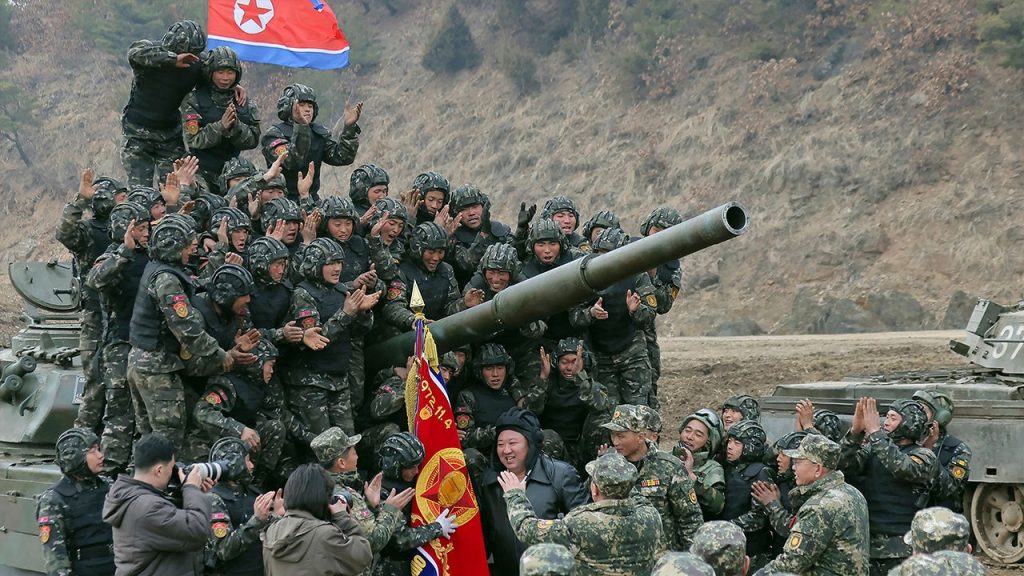The emergence of North Korea’s M1989 Koksan self-propelled howitzer on Russia’s front lines marks a significant development in the ongoing conflict with Ukraine. Reports and images circulating online, though not independently verified, suggest the deployment of this long-range artillery piece, capable of firing rocket-assisted shells up to 37 miles. This follows earlier reports in November of two such howitzers being shipped to Russia, coinciding with the confirmed deployment of North Korean troops and the signing of a defense pact between Pyongyang and Moscow. The presence of the Koksan howitzer raises concerns about the escalating involvement of North Korea in the conflict and the potential for further military support to Russia.
The deployment of the Koksan howitzer comes amid conflicting reports of heavy casualties in the Kursk region, where North Korean troops are reportedly engaged in countering Ukraine’s offensive. Ukrainian President Zelenskyy claimed substantial losses among North Korean forces, while Ukrainian military officials reported high numbers of Russian casualties. Conversely, Russian sources claim significant Ukrainian losses. Verifying these casualty figures remains challenging amidst the fog of war, and independent confirmation is crucial to understanding the true extent of the human cost of this conflict.
The deployment of the Koksan howitzer adds another layer of complexity to the dynamic battlefield situation in Ukraine. Its long-range capabilities could significantly impact the artillery duels and potentially alter the balance of firepower in certain areas. The howitzer’s presence underscores the evolving nature of the conflict, with external actors playing an increasingly prominent role. The implications of North Korea’s military support for Russia remain to be fully understood, but it clearly introduces a new dimension to the conflict’s trajectory.
The ongoing fighting in Kursk Oblast, where the North Korean howitzer has allegedly been spotted, highlights the intensity of the conflict in this region. Ukrainian forces have been conducting offensive operations, seeking to regain territory and push back against Russian advances. The involvement of North Korean troops in this area adds another element to the complex interplay of forces, and their presence could have significant implications for the overall military balance. The reports of heavy casualties on both sides underscore the fierce nature of the fighting and the high stakes involved in this strategically important region.
Beyond Kursk, the conflict continues to rage on multiple fronts. Reports suggest that Russian forces may have made advances in Donetsk, potentially capturing the town of Kurakhove. This development, if confirmed, could represent a strategic gain for Russia, allowing them to further encircle Ukrainian troops and potentially disrupt supply lines. The battle for Pokrovsk remains a focal point, and the potential fall of Kurakhove could have significant ramifications for the Ukrainian defense in this area.
The evolving dynamics of the conflict underscore the fluidity of the situation and the challenges in accurately assessing the overall military balance. The involvement of external actors, like North Korea, adds further layers of complexity and uncertainty. The fog of war makes independent verification of claims and reports crucial to understanding the true state of affairs on the ground. As the conflict continues, the implications of these developments will unfold, shaping the course of the war and the future of the region. The introduction of the North Korean Koksan howitzer, amidst a backdrop of conflicting casualty reports and ongoing offensive operations, adds a new dimension to the conflict, underscoring the dynamic and unpredictable nature of the war in Ukraine.

